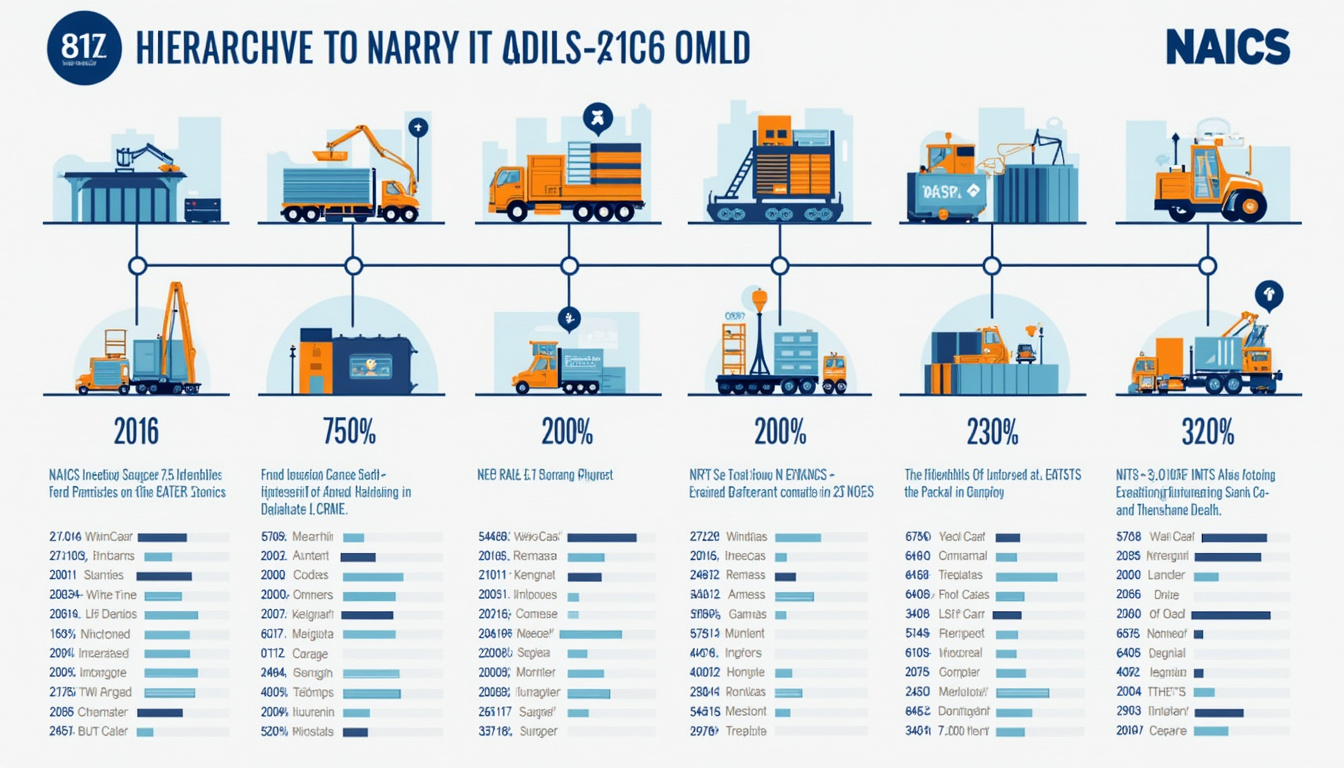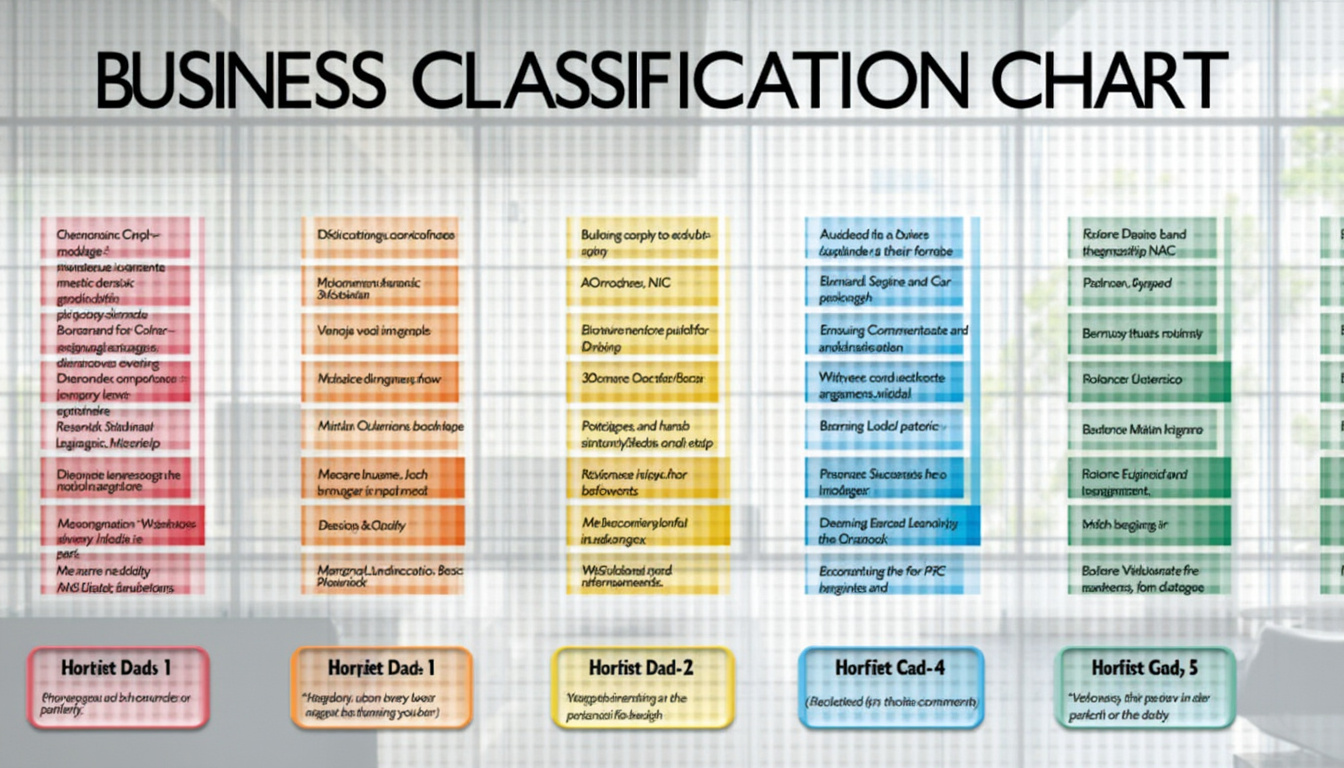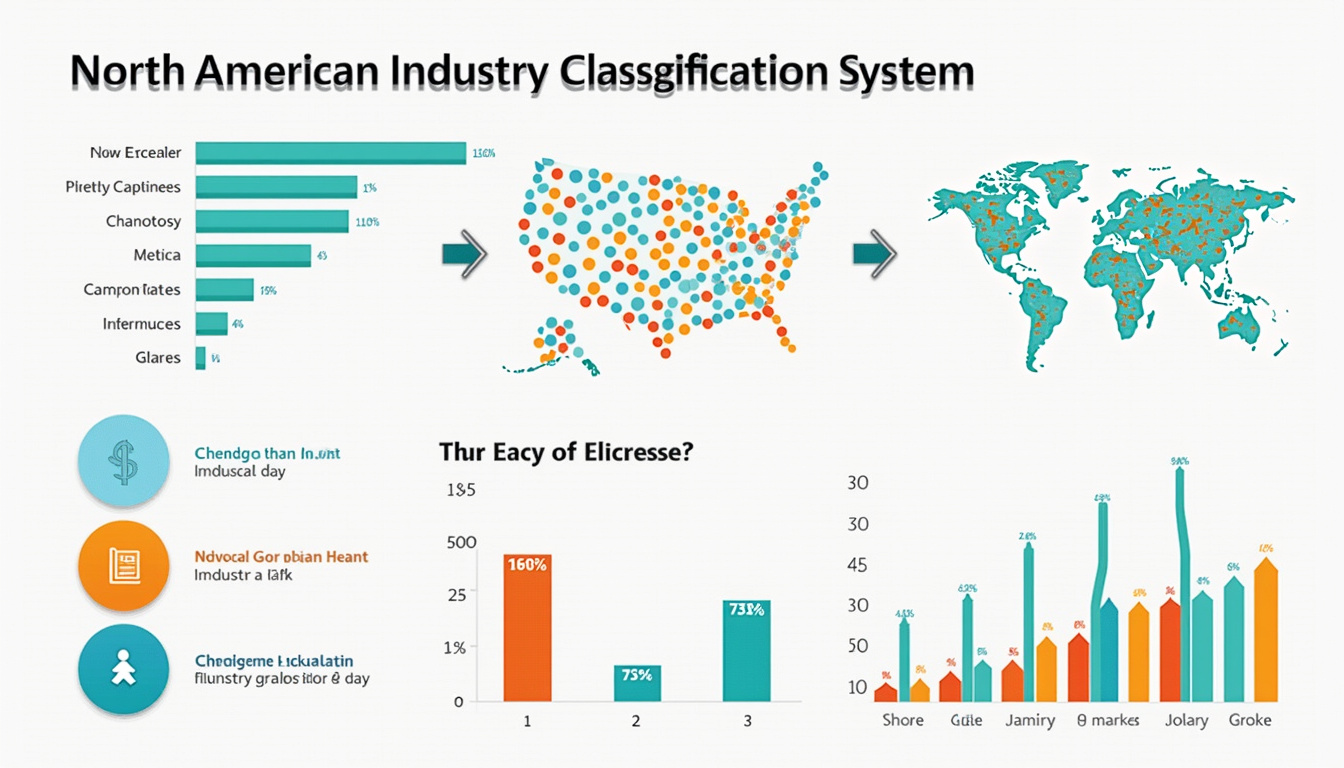When navigating the vast landscape of business and industry data, understanding the NAICS code structure is essential. NAICS, or the North American Industry Classification System, provides a standardized way of categorizing businesses to enable consistent collection, analysis, and sharing of economic data. Whether you are an entrepreneur, researcher, or policy maker, having a clear grasp of NAICS code structure helps you identify specific industries, compare trends, and streamline regulatory compliance.
In this guide, we will explore the fundamentals of the NAICS code structure, how it is organized, and why it matters. Additionally, we’ll highlight useful resources such as Classifast.com, which simplifies the process of finding accurate classification codes based on text descriptions.
What Is NAICS and Why Is Its Code Structure Important?
The NAICS system was developed jointly by the United States, Canada, and Mexico to create a consistent framework for classifying business establishments based on the type of economic activity they engage in. This system replaces the older Standard Industrial Classification (SIC) system and reflects modern economic realities more accurately.
Understanding the NAICS code structure is important for several reasons:
- It enables government agencies to collect statistical data consistently.
- Businesses use NAICS codes for market research and competitive analysis.
- Lending institutions and investors assess industries using these classifications.
- Regulatory agencies ensure compliance with industry-specific regulations.
Because the NAICS system offers a hierarchical structure, it allows for broad classification as well as detailed identification of niche industries.
How Is the NAICS Code Structure Organized?
The NAICS code is a 6-digit numeric system, where each digit or pair of digits narrows down from broad sectors to specific industries. Here is a breakdown of the coding levels:
- Sector (first 2 digits): Defines the general economic sector, such as Manufacturing (31-33) or Health Care and Social Assistance (62).
- Subsector (third digit): Further refines the sector into subsectors; for example, within Manufacturing (31-33), food manufacturing might be 311.
- Industry Group (fourth digit): Breaks down subsectors into smaller groups, like Animal food manufacturing (3111).
- NAICS Industry (fifth digit): More details based on production processes and inputs, such as Grain and oilseed milling (3112).
- National Industry (sixth digit): Represents country-specific details for US, Canada, and Mexico, accommodating local differences.
This hierarchical design enables users to capture detailed economic activity data at multiple levels of granularity.
Examples Illustrating NAICS Code Structure
To better understand the NAICS code structure, here are a couple of practical examples:
-
NAICS 541310 — Architectural Services
- 54: Professional, Scientific, and Technical Services (Sector)
- 541: Professional, Scientific, and Technical Services (Subsector)
- 5413: Architectural, Engineering, and Related Services (Industry Group)
- 54131: Architectural Services (NAICS Industry)
- 541310: Architectural Services (National Industry)
-
NAICS 445110 — Supermarkets and Other Grocery (except Convenience) Stores
- 44: Retail Trade (Sector)
- 445: Food and Beverage Stores (Subsector)
- 4451: Grocery Stores (Industry Group)
- 44511: Supermarkets and Other Grocery (except Convenience) Stores (NAICS Industry)
- 445110: Supermarkets and Other Grocery (except Convenience) Stores (National Industry)
These examples demonstrate how each digit progressively defines specific economic activities.

How to Use NAICS Codes Effectively in Business and Research
To make the most of NAICS codes, it is crucial to identify the correct code for your business or industry segment. Here are some tips:
- Match your business activity to the industry description carefully. NAICS codes are assigned based on the primary business activity.
- Use official resources for the most accurate coding: The U.S. Census Bureau website provides detailed NAICS code definitions, helping avoid misclassification.
- Leverage tools for quick classification: For instance, Classifast.com offers an instant classifier and category search for NAICS and other classification standards, helping you quickly identify the right codes from any text input. This can save time and improve accuracy.
Benefits of Understanding the NAICS Code Structure
Understanding how the NAICS code structure works provides several advantages:
- Better Industry Analysis: Companies can benchmark their performance against specific industry standards.
- Streamlined Compliance: Accurate industry codes help ensure adherence to applicable laws and regulations.
- Improved Data Reporting: When seeking funding or submitting government reports, using correct NAICS classifications reduces delays.
- Enhanced Market Research: Pinpointing competitors or collaborators within defined sectors becomes easier.
The NAICS system is widely accepted by government agencies and commercial entities, making it a critical component in industry classification worldwide (U.S. Census Bureau).
Quick Tips for Navigating NAICS Codes
If you want to master the NAICS code structure, keep these steps in mind:
- Identify your primary business activity.
- Refer to a detailed NAICS manual or database from official government sites.
- Use online classification tools like Classifast.com for efficient code discovery.
- Confirm the final code aligns with your tax, licensing, or reporting requirements.
FAQs: NAICS Code Structure
Q1: What is the difference between NAICS and SIC codes?
A1: The NAICS code structure replaced the older SIC system to reflect modern industries with greater detail and a more hierarchical approach. NAICS codes are 6 digits, while SIC codes are 4 digits.
Q2: How do I find the correct NAICS code for my business?
A2: Start by describing your business activity accurately. Use classification tools like Classifast.com or the U.S. Census Bureau NAICS search tool to find relevant codes.
Q3: Can NAICS codes change over time?
A3: Yes, NAICS codes are periodically updated to reflect changes in the economy, such as emerging industries or shifts in business practices.
Utilizing Classifast.com for Accurate Industry Classification
Finding the right NAICS code manually can be challenging due to the detailed and hierarchical nature of the system. Classifast.com serves as a powerful resource to ease this process. It provides an instant classifier and allows users to input any text description and receive accurate NAICS codes along with other classification standards like UNSPSC, ISIC, ETIM, and HS codes.
This instant and reliable classification tool makes it easier for businesses, researchers, and regulators to identify the proper industry classifications without manually searching extensive manuals or databases.
Conclusion: Master NAICS Code Structure for Business Success
Understanding the NAICS code structure is vital for anyone working with industry data or running a business that demands accurate sector classification. With its clear 6-digit hierarchical system, NAICS allows users to define economic activities precisely for compliance, reporting, research, and business analysis.
To simplify this critical process, leveraging advanced tools like Classifast.com makes finding the right NAICS and other industry codes faster and more accurate than ever before.
Don’t let classification confusion slow your business down. Take advantage of modern classification tools today and ensure your industry data is exact, current, and compliant. Visit Classifast.com now to experience instant NAICS code classification and elevate your industry insights.















